For a similar example of a Penobscot Horn, see pages 212 - 213 of "The Engraved Powder Horn" by Jim Dresslar. Granscay also shows a similar horn on plate 6. The Penobscot Indian's name originally referred to their territory along the Penobscot River that runs from their sacred mountain to the north, Mount Katahdin, down through the state to Penobscot Bay. In addition to living in Maine, their original territory covered areas in New Brunswick and Nova Scotia, Canada. They are thought to have inhabited their territory for at least 11,000 years before explorers and settlers arrived. This tribe sided with the French during the French and Indian War. This powder horn measures about 10" across the bow with a round ring at the tip followed by a faceted section painted with early red paint followed by another relief ring and a rounded section. The main body is engraved with a three-masted ship as well as a horse and a larger two-masted vessel. The front of the powder horn appears to show a fort, as well as other engraved geometric designs. The rounded section above the main body is engraved with the initials "J.D.". The slightly convex wooden butt is engraved with a round circle with large diamond checkering. The horn is complete with what appears to be its original hand-carved spout plug and a partial old leather strap. The plug is fastened with three brass pins. The horn comes with a custom display stand. CONDITION: Very good and untouched with much of it's original red paint on the faceted spout section. Horn shows some crazing and scattered marks from use. Plug retains a dry original surface. This is a very attractive Indian powder horn. PROVENANCE: Ted Trotta and Anna Bono Collection, New York. James B. Scoville Collection, Illinois. Sold as Lot 155 at Cowan's in their October 10th, 2019 sale of the James B. Scoville Collection. DMG
For a similar example of a Penobscot Horn, see pages 212 - 213 of "The Engraved Powder Horn" by Jim Dresslar. Granscay also shows a similar horn on plate 6. The Penobscot Indian's name originally referred to their territory along the Penobscot River that runs from their sacred mountain to the north, Mount Katahdin, down through the state to Penobscot Bay. In addition to living in Maine, their original territory covered areas in New Brunswick and Nova Scotia, Canada. They are thought to have inhabited their territory for at least 11,000 years before explorers and settlers arrived. This tribe sided with the French during the French and Indian War. This powder horn measures about 10" across the bow with a round ring at the tip followed by a faceted section painted with early red paint followed by another relief ring and a rounded section. The main body is engraved with a three-masted ship as well as a horse and a larger two-masted vessel. The front of the powder horn appears to show a fort, as well as other engraved geometric designs. The rounded section above the main body is engraved with the initials "J.D.". The slightly convex wooden butt is engraved with a round circle with large diamond checkering. The horn is complete with what appears to be its original hand-carved spout plug and a partial old leather strap. The plug is fastened with three brass pins. The horn comes with a custom display stand. CONDITION: Very good and untouched with much of it's original red paint on the faceted spout section. Horn shows some crazing and scattered marks from use. Plug retains a dry original surface. This is a very attractive Indian powder horn. PROVENANCE: Ted Trotta and Anna Bono Collection, New York. James B. Scoville Collection, Illinois. Sold as Lot 155 at Cowan's in their October 10th, 2019 sale of the James B. Scoville Collection. DMG
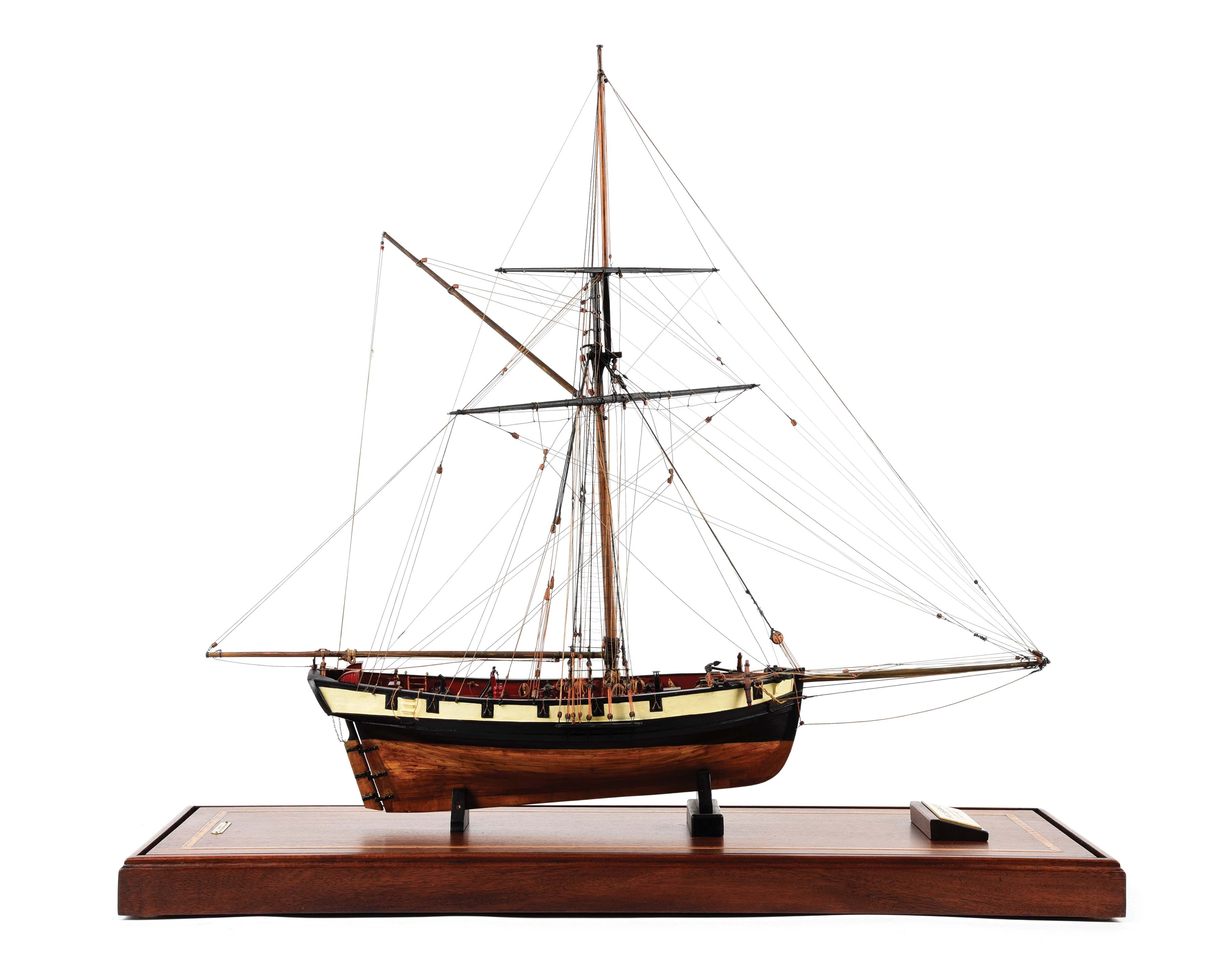
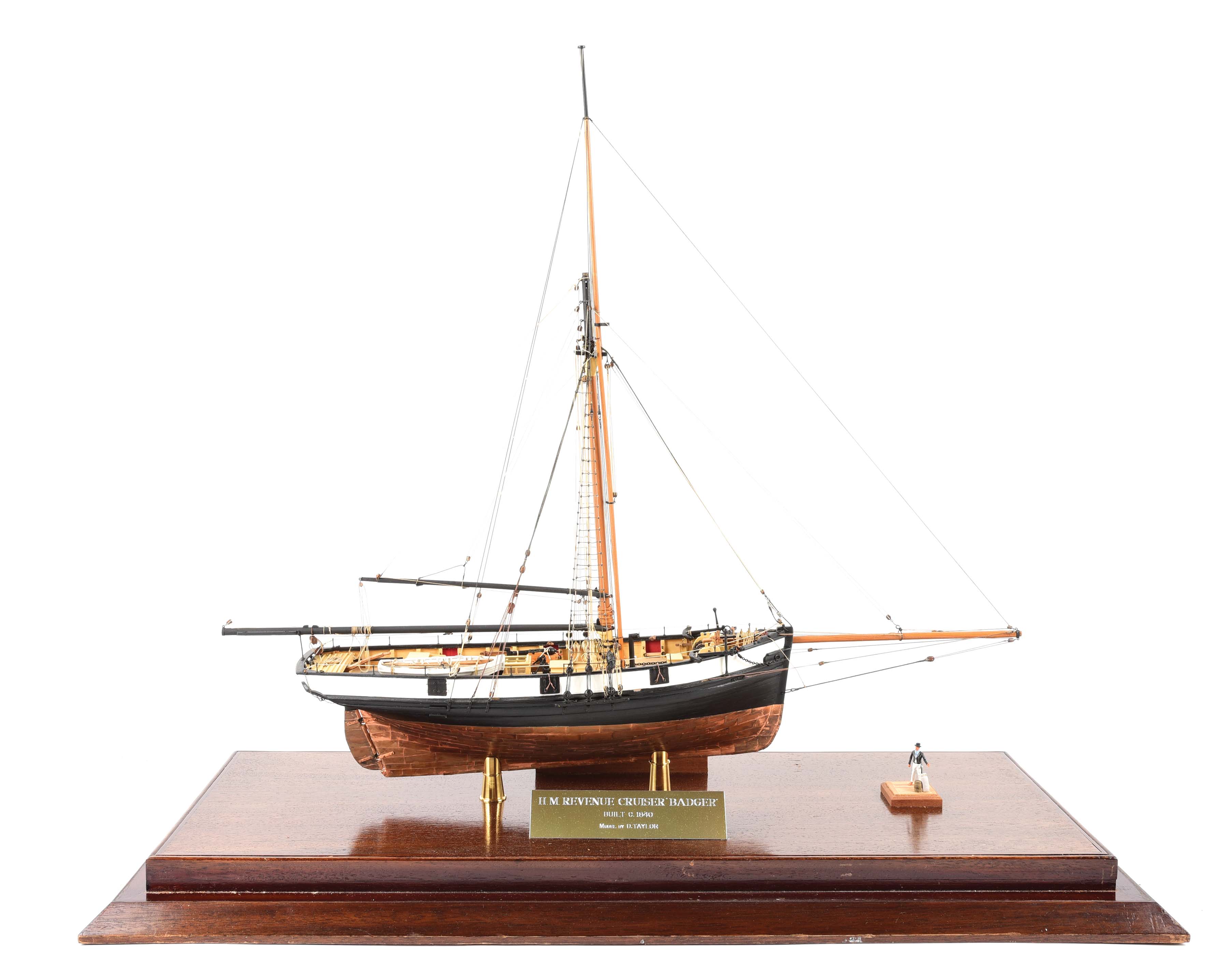

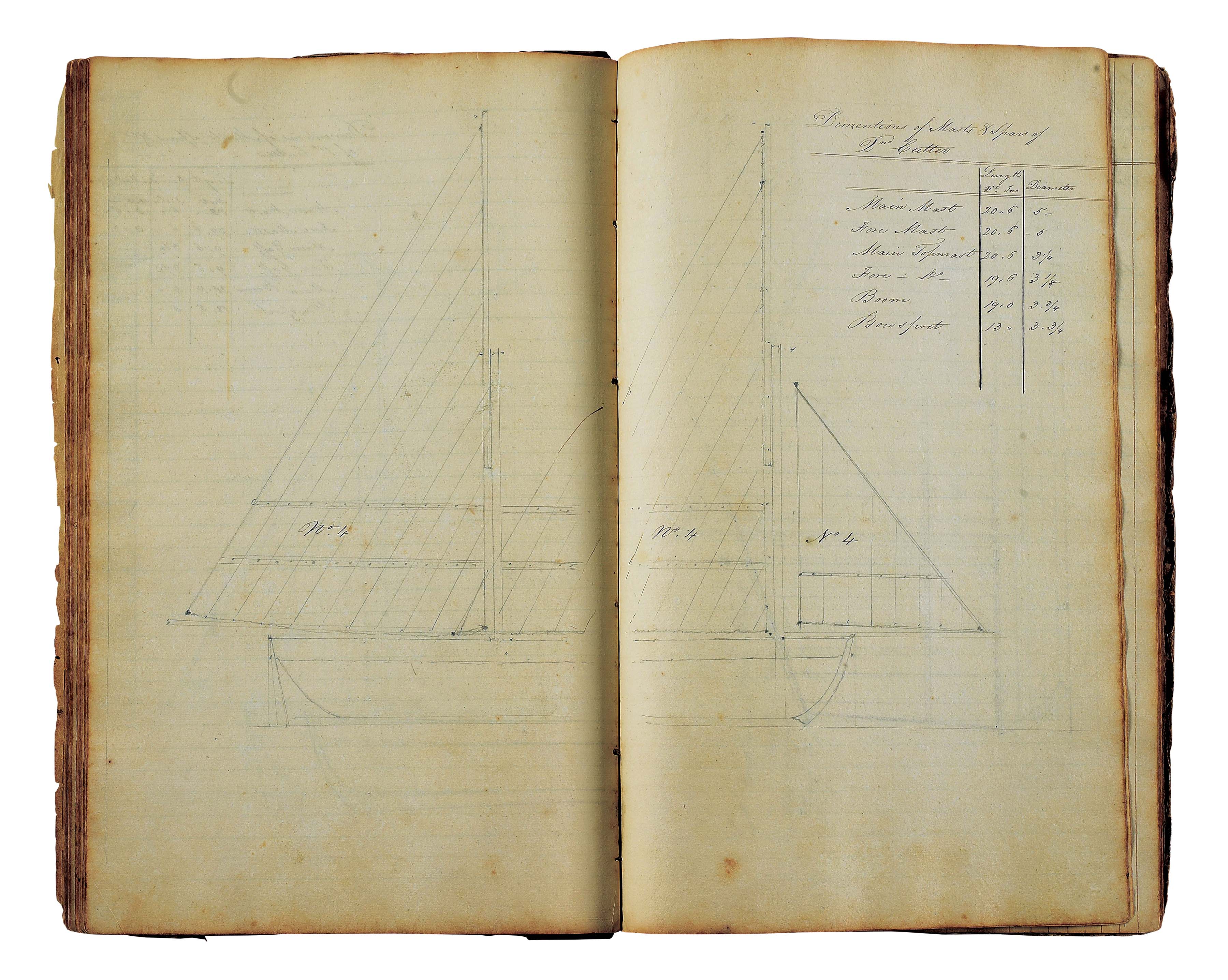
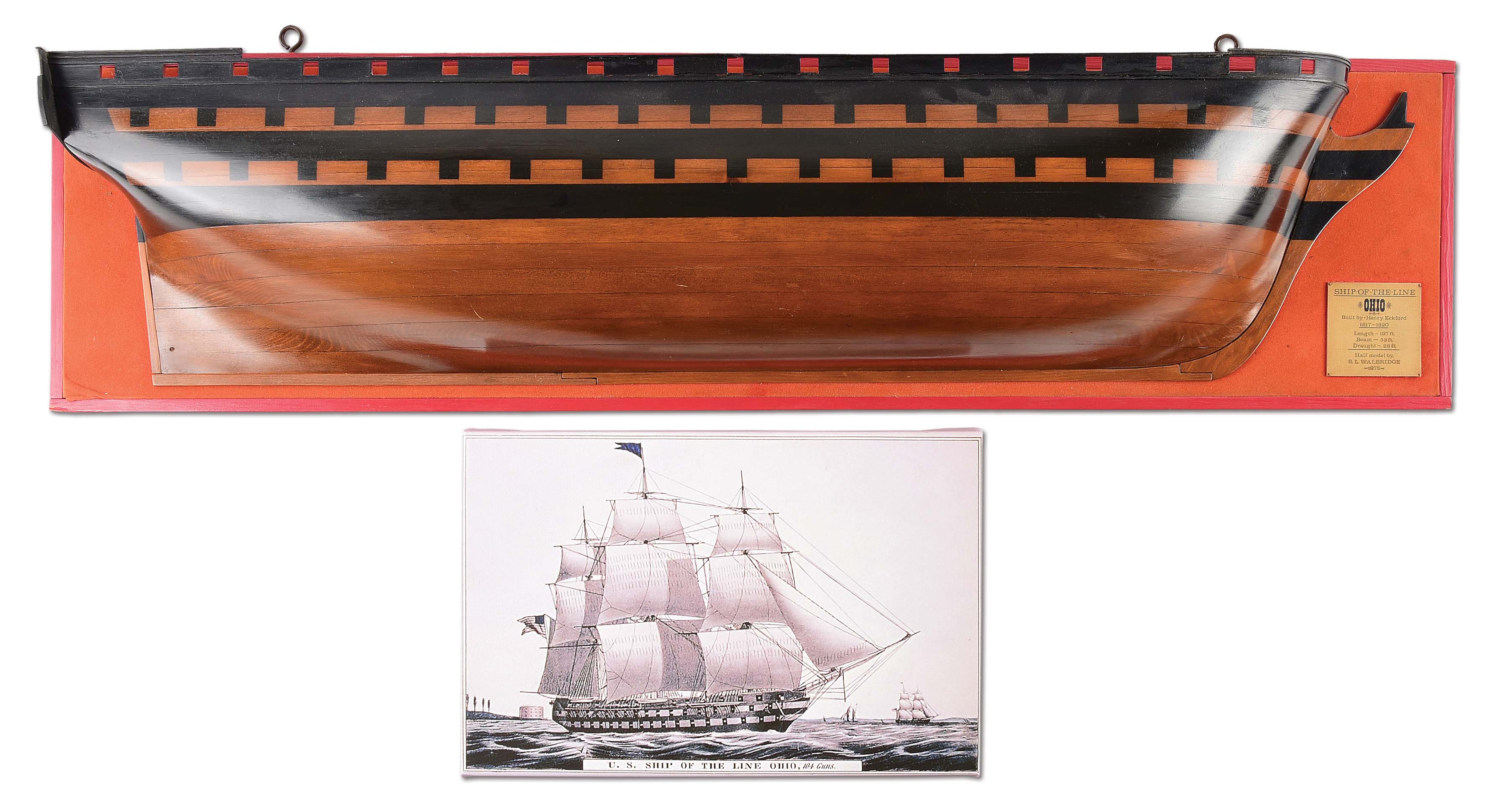
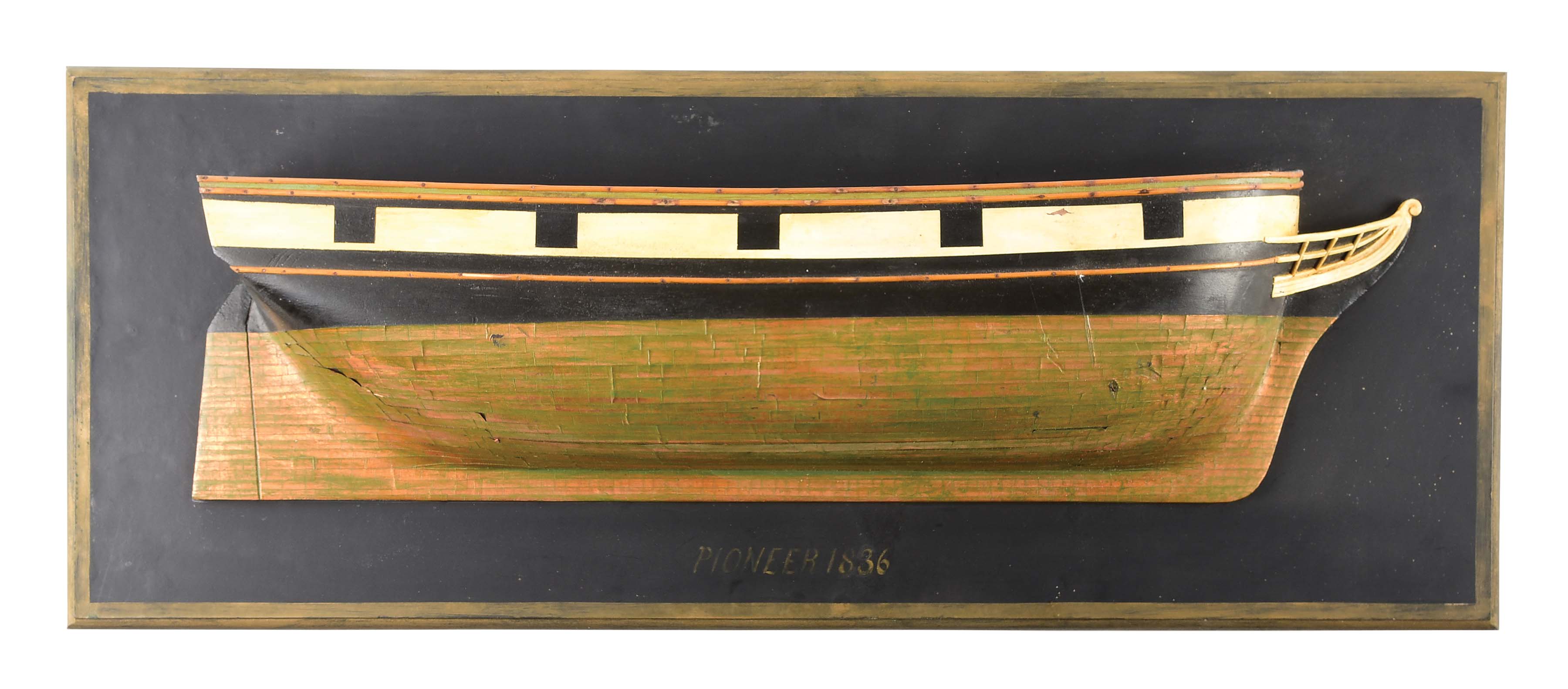
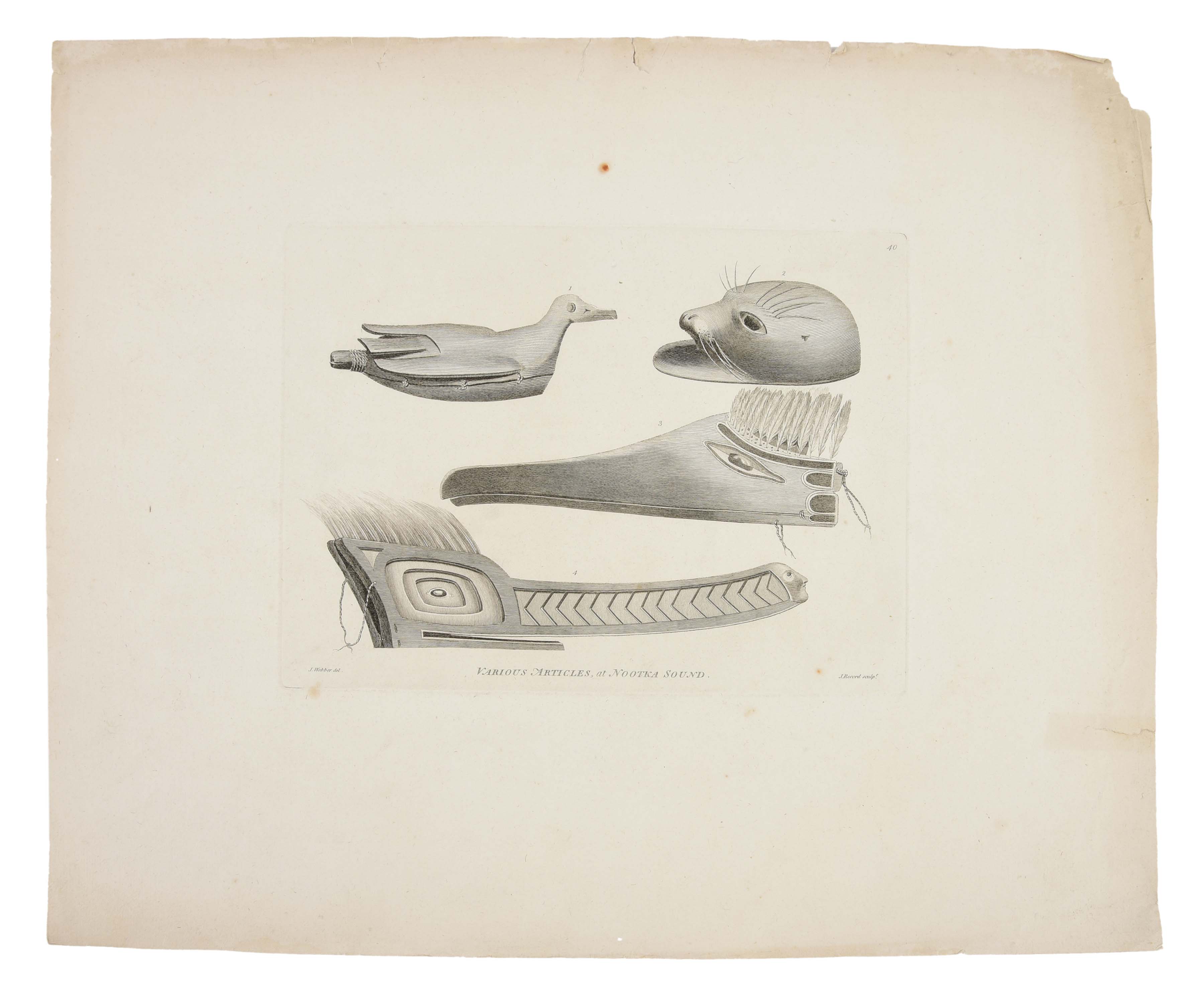
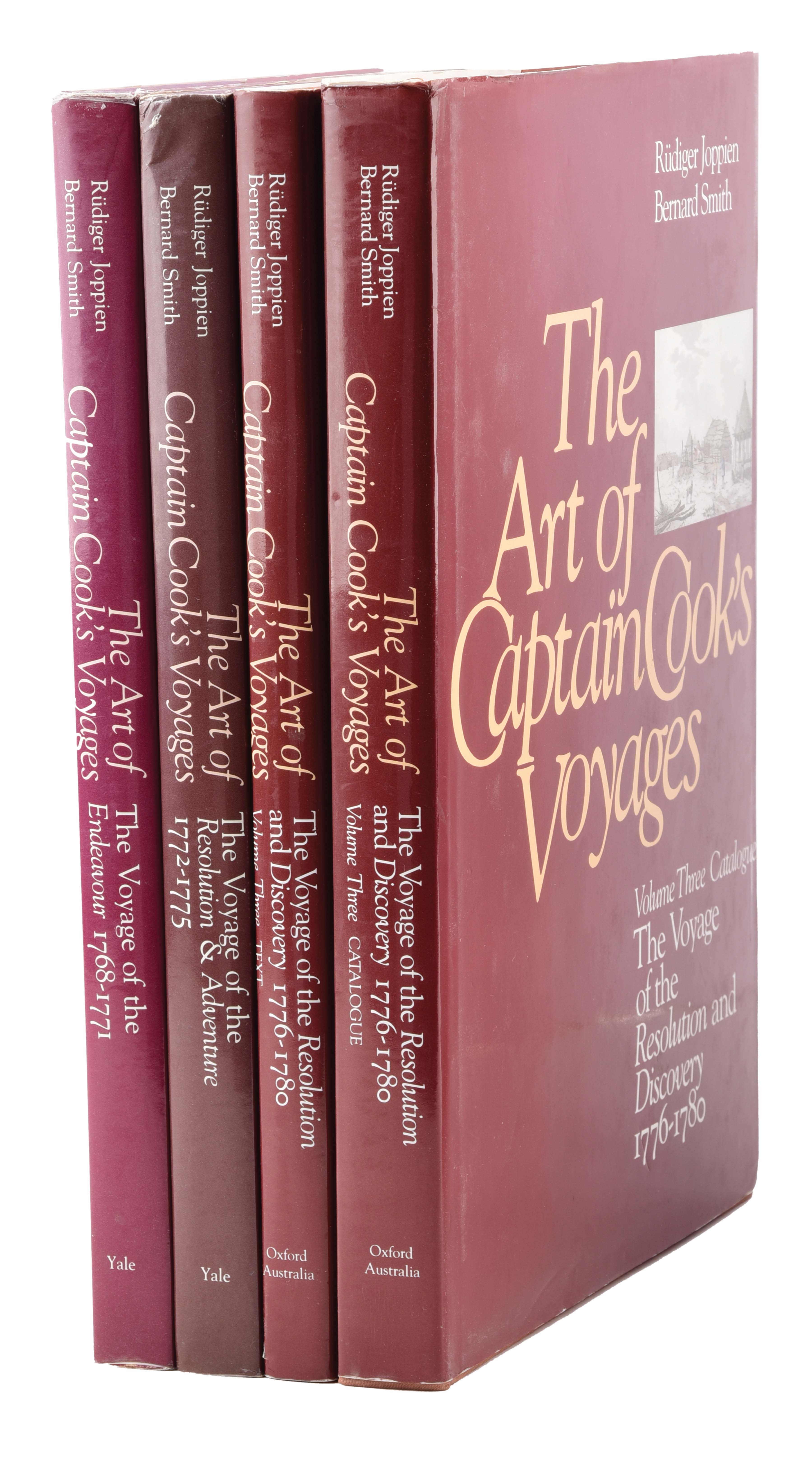
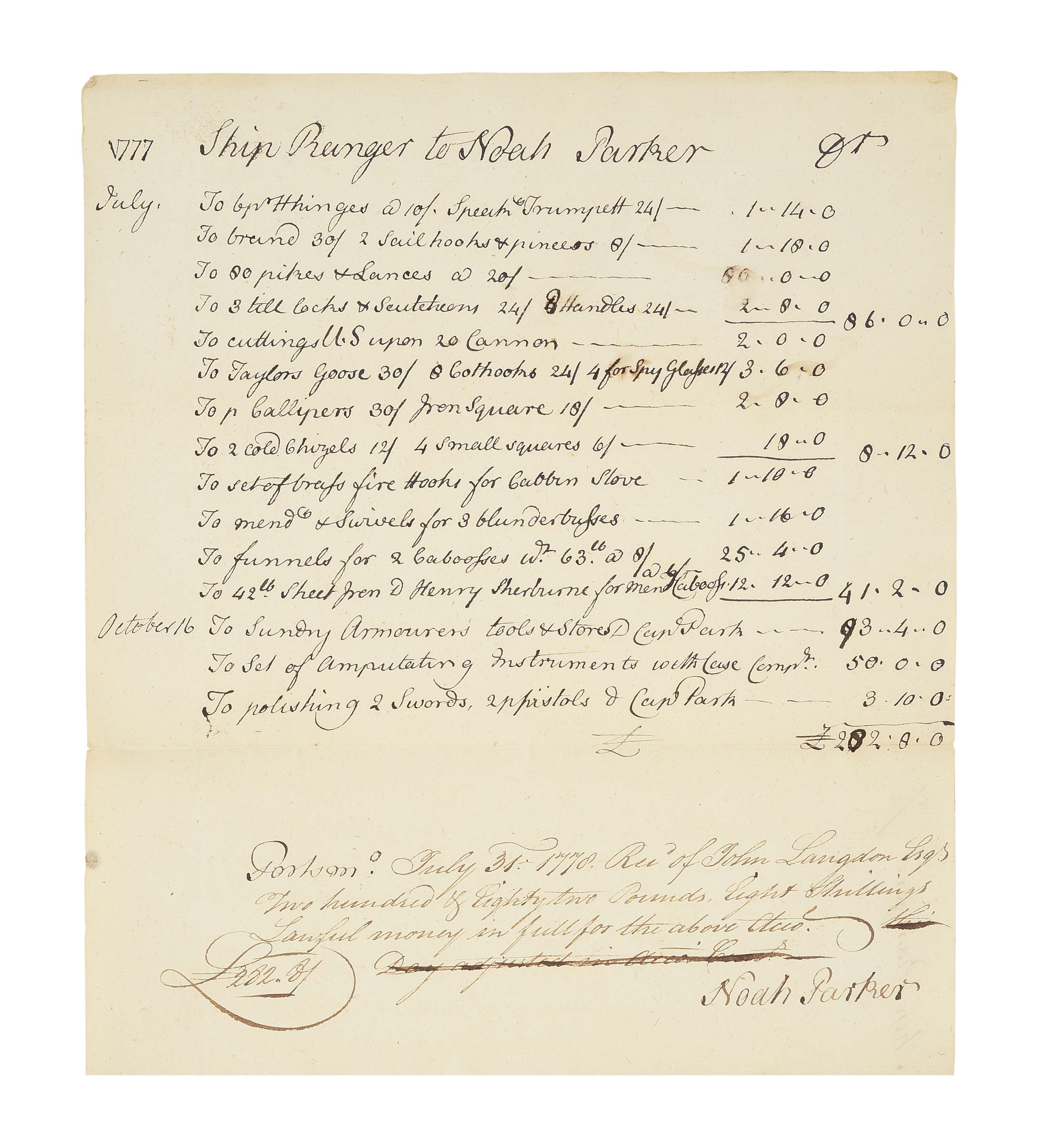
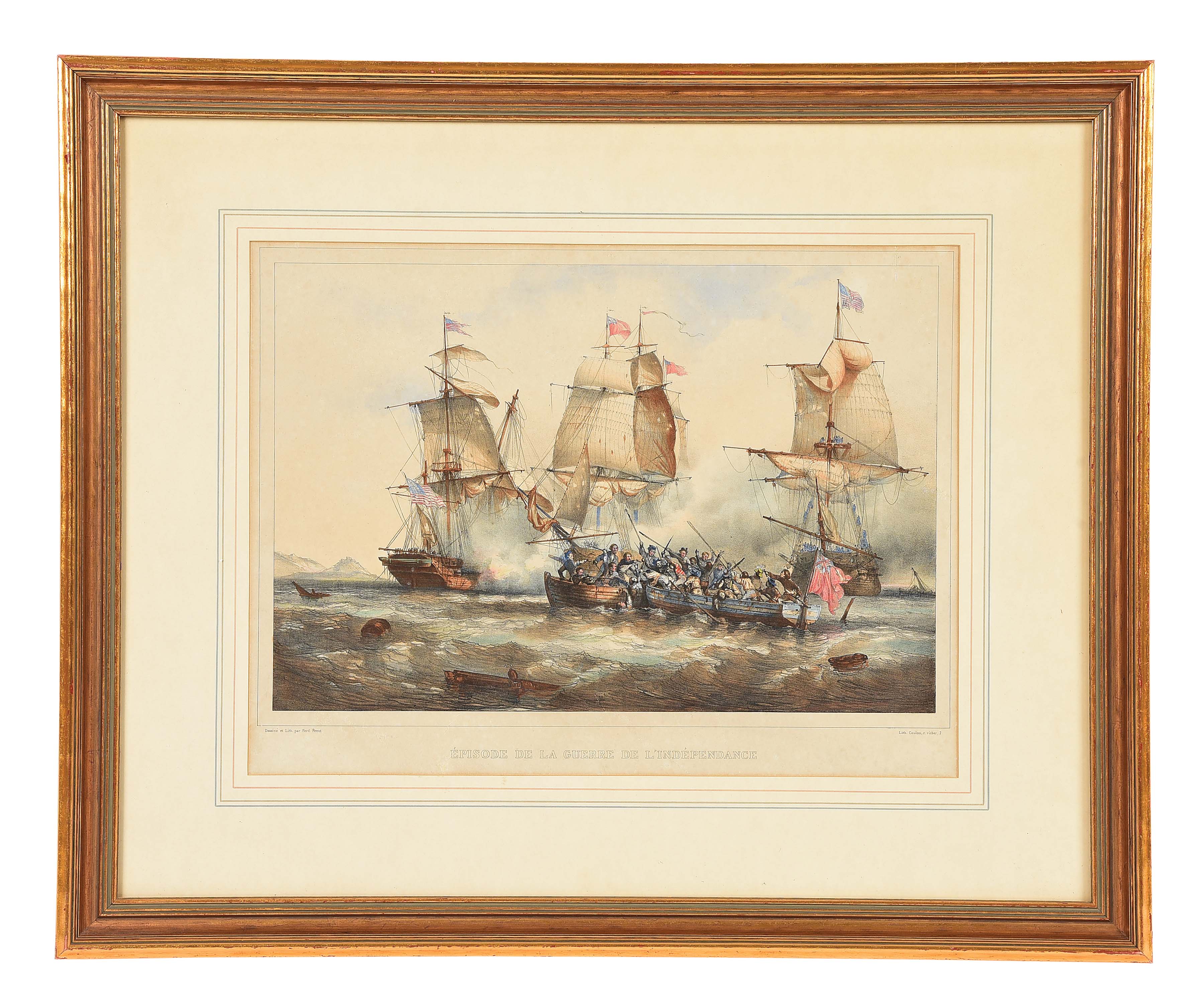
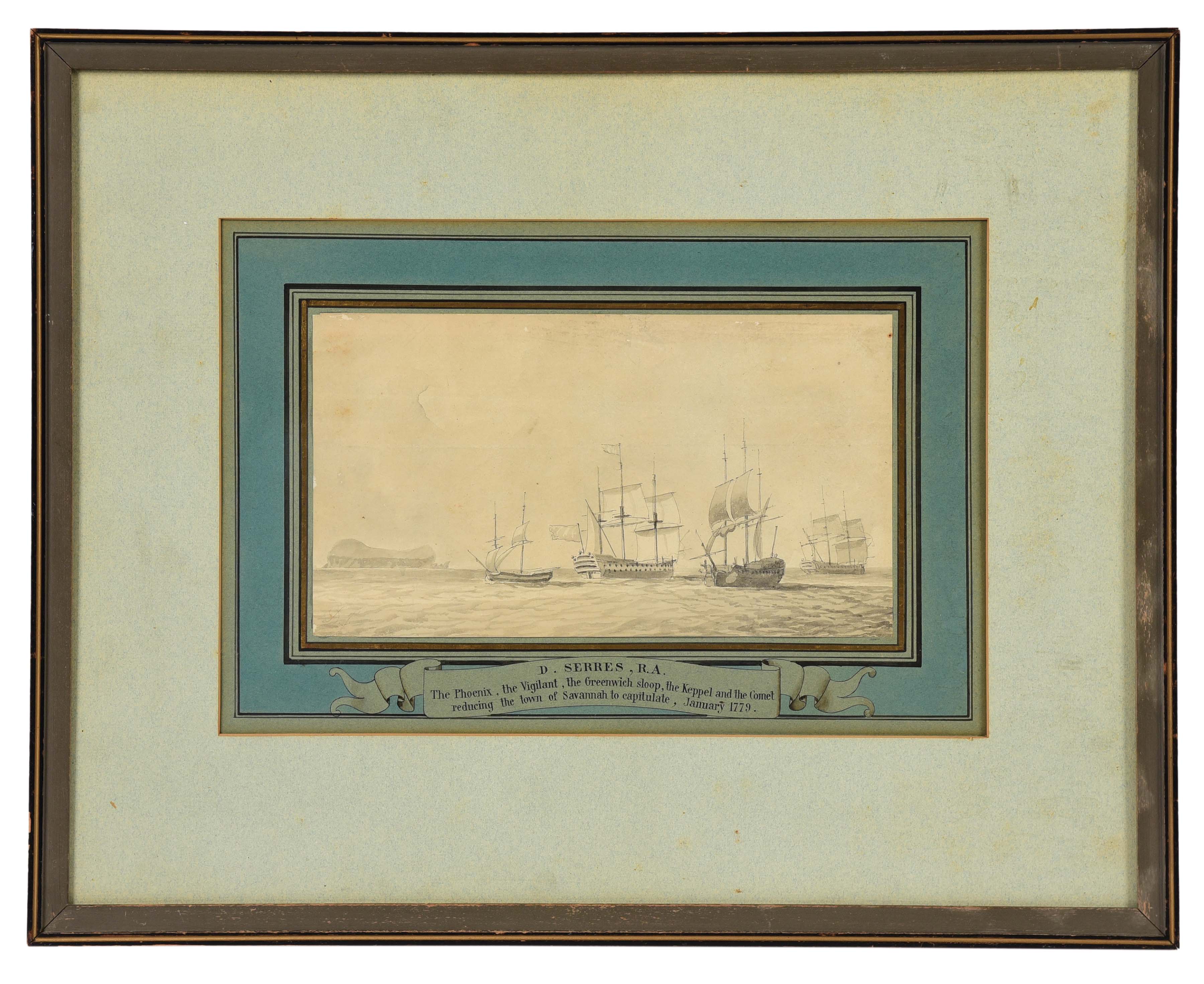
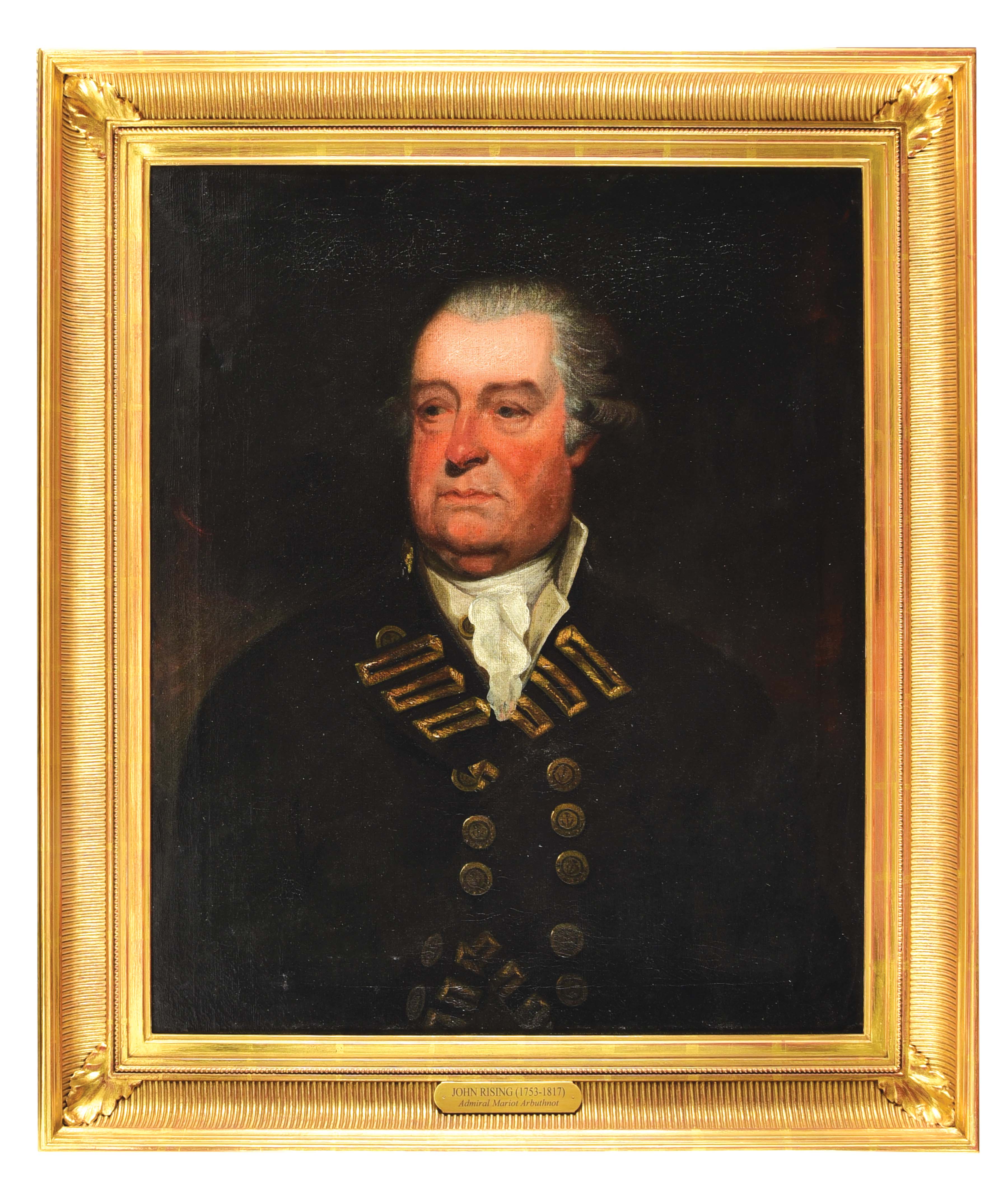
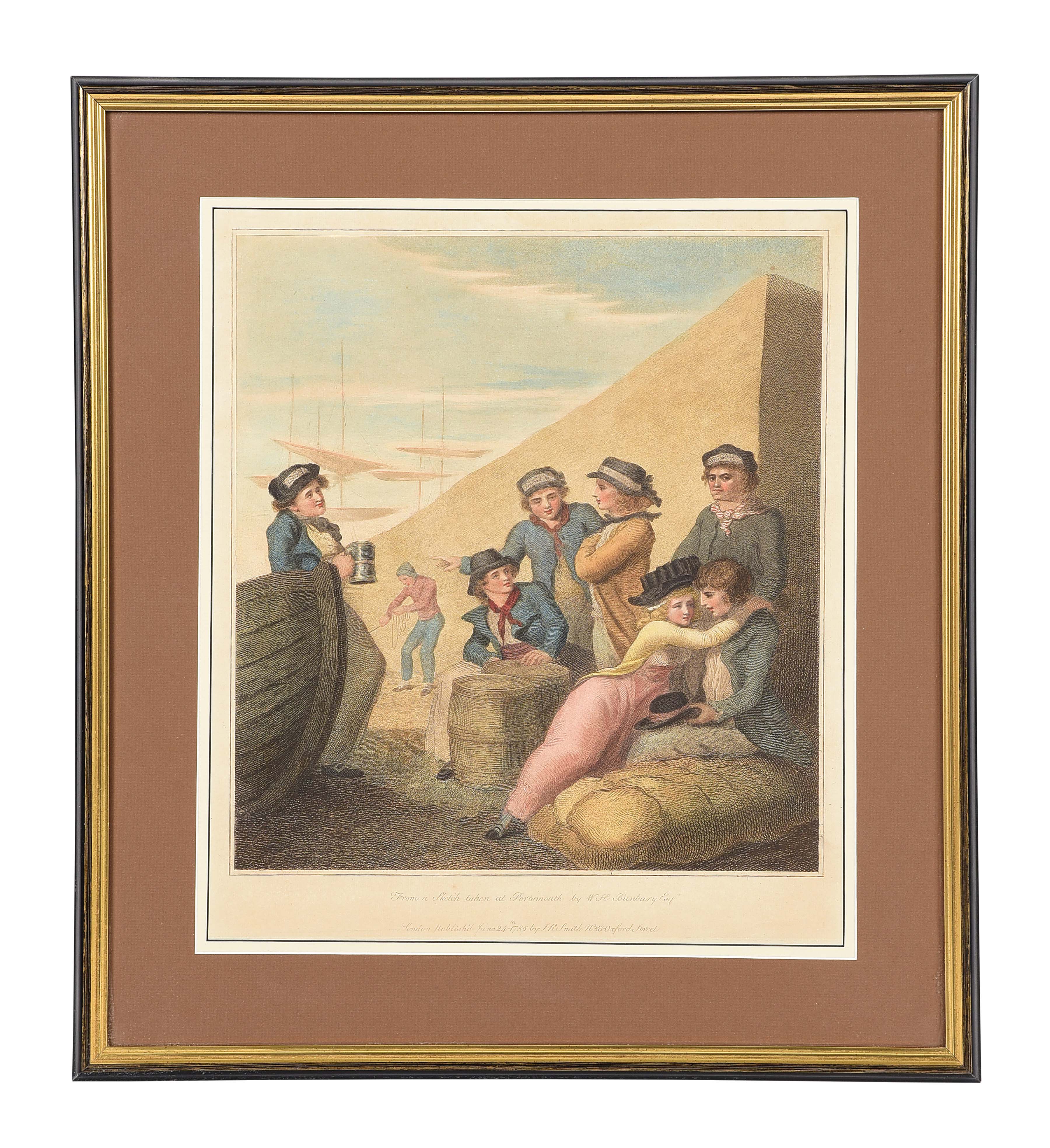
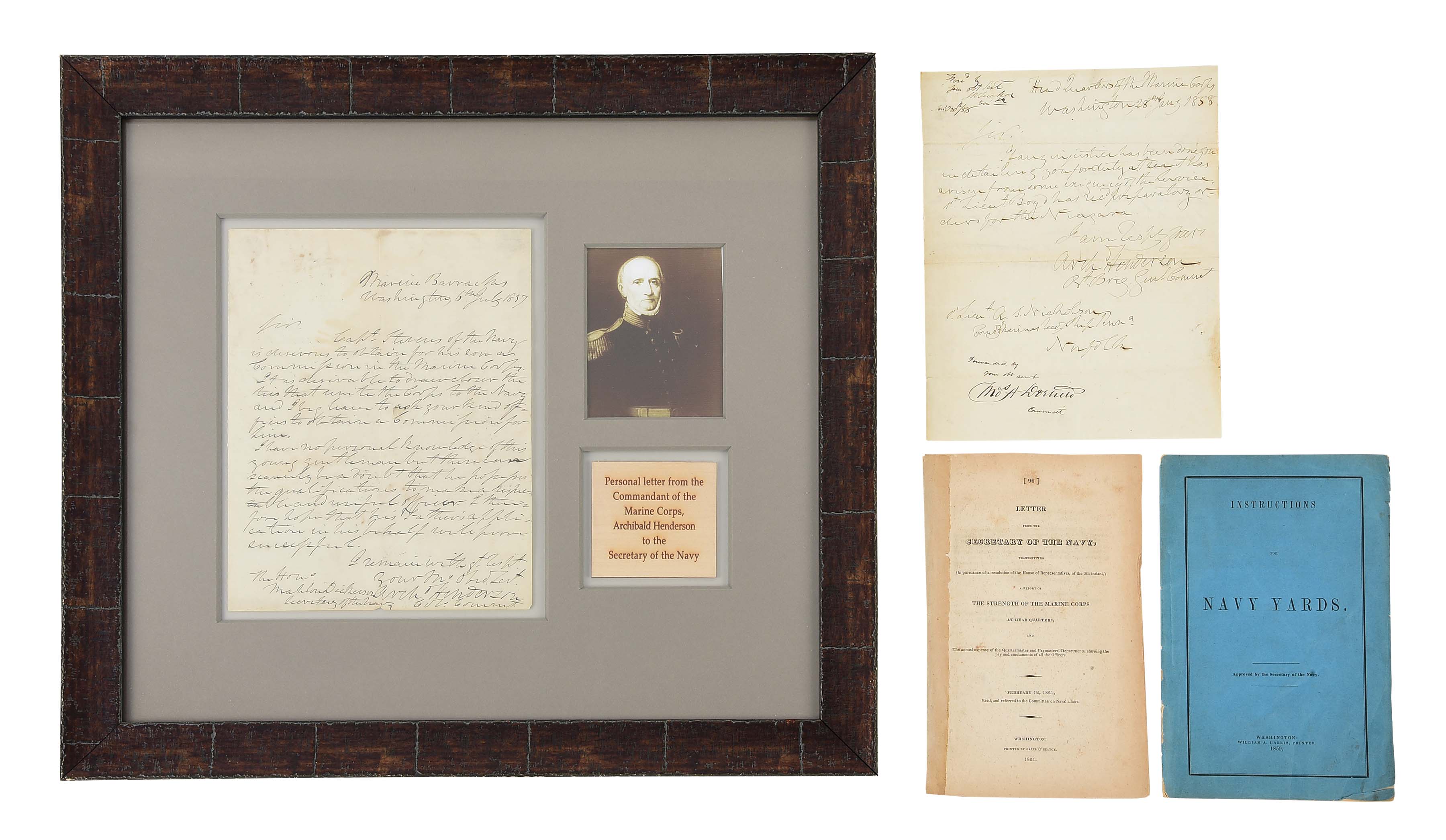
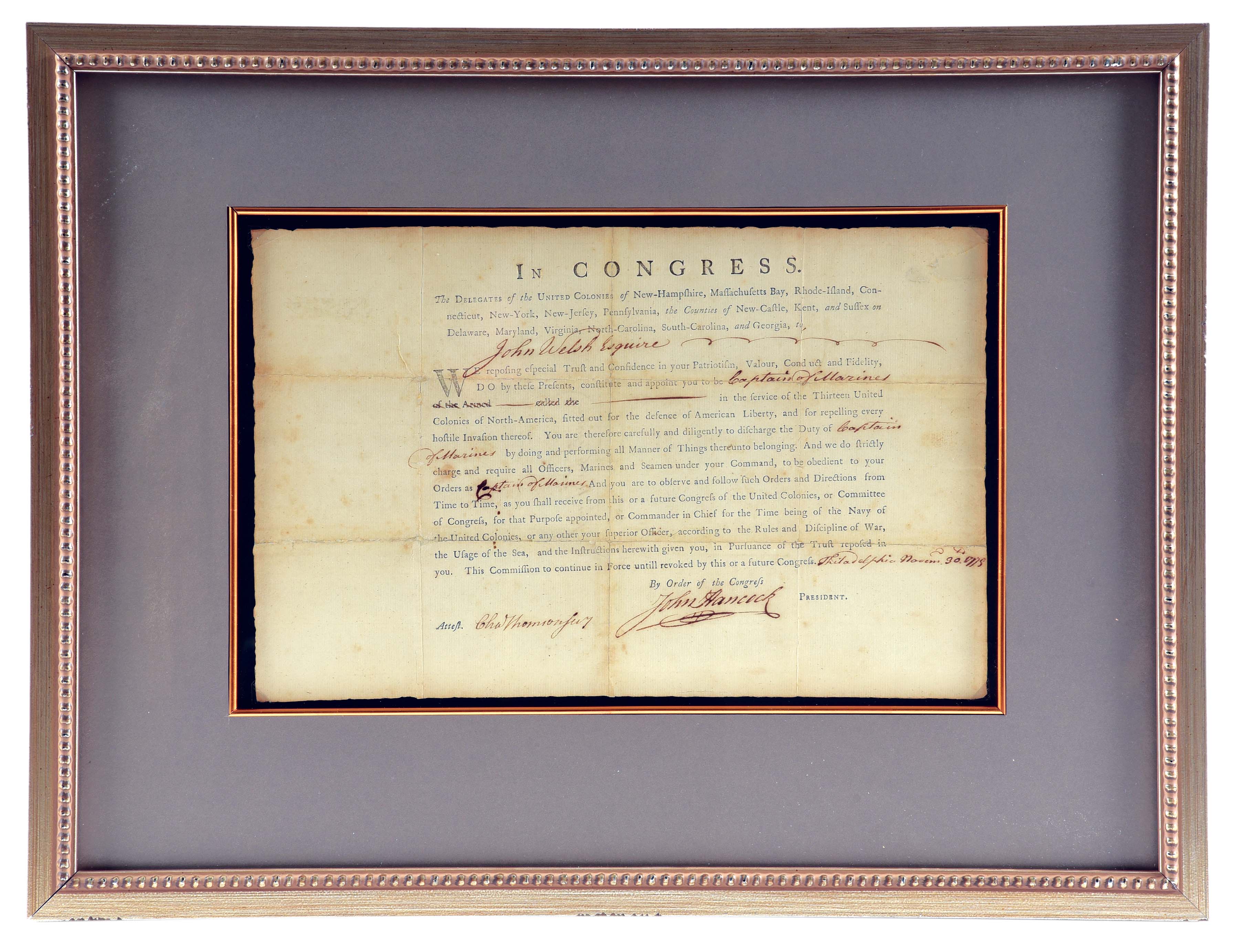
Try LotSearch and its premium features for 7 days - without any costs!
Be notified automatically about new items in upcoming auctions.
Create an alert